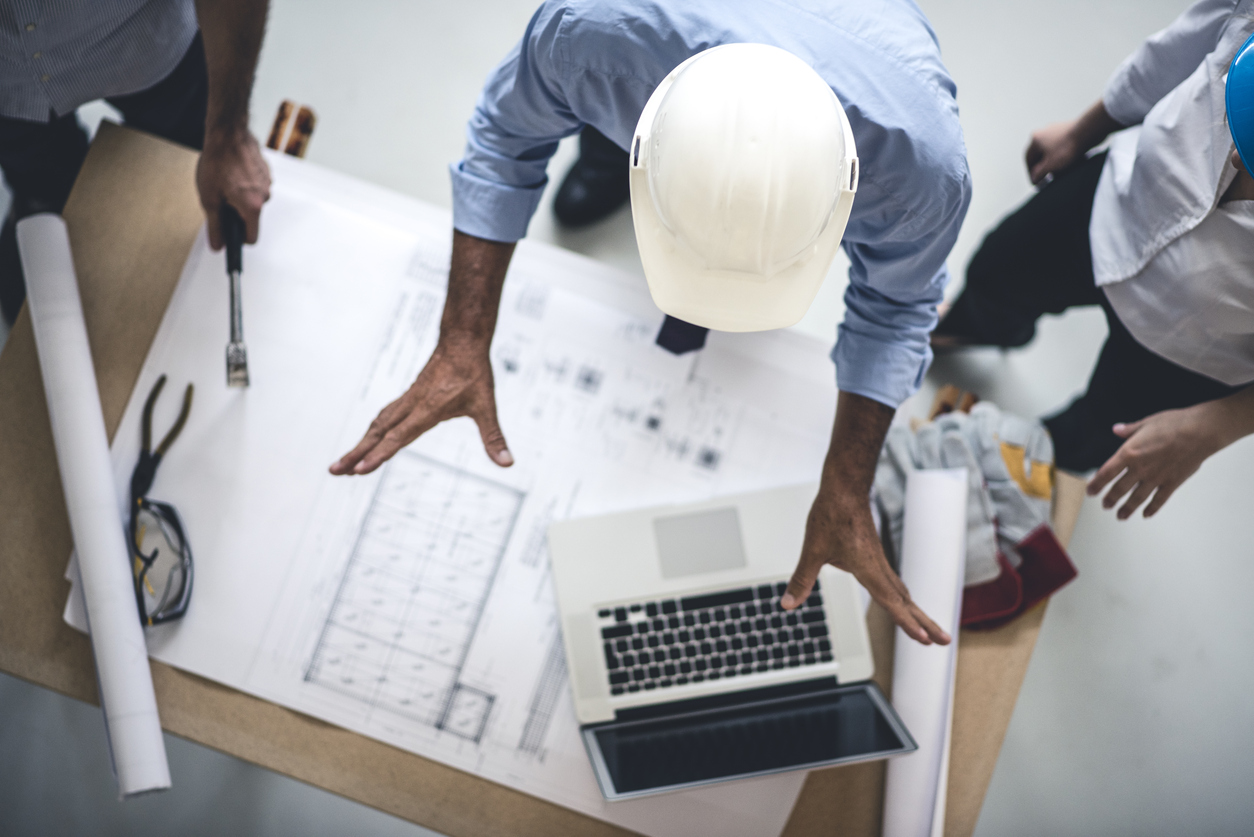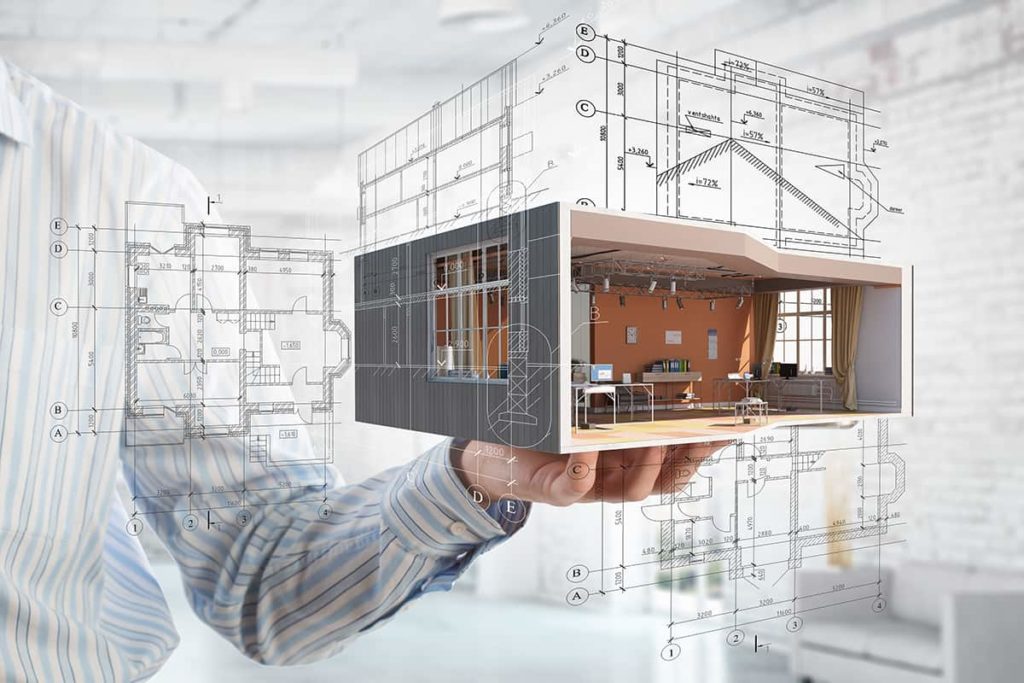The construction industry keeps growing because more residential and commercial projects are in demand. According to the revenue growth reports, companies have grown to $2.7 trillion in 2022, and the numbers will surely increase in the coming years.
The construction companies follow the same construction project phases but in different ways. Many also take help from workforce management tools like Bridgit to focus more on the project quality rather than tedious tasks.
But what are the phases of a construction project? Read this post to get your answer with complete details.
Six phases of a construction project
A construction project is divided into six stages or phases. You must go through these phases regardless of the framework you follow for efficient project delivery. These phases are as follows:
Planning
Planning is the most important phase of any project, including construction. This phase determines everything about a project, including:
- Initiation – How, when, and why to start a construction project?
- Scope – Features of a construction project such as milestones, deliverables, resources, and constraints.
- Construction – The actual working phase in which the workforce and equipment become active.
- Completion – Closing a project and delivering it to the client for occupancy or whatever their purpose.
Construction project managers, engineers, architects, and contractors hold several meetings to make a plan. They also estimate the construction schedule and cost to plan the activities accordingly.

Engineers give suggestions about how to simplify the complexities of a project. Contractors and subcontractors, who are the most experienced in this field, share their expertise. In addition, they suggest tips and tricks on completing construction with quality on schedule and within the given budget.
All stakeholders approve the construction schedule after verifying its feasibility. That approved schedule is known as the “master schedule.” It includes the construction activities and their milestones divided among each team.
Designing and Modeling
Architects and designers work on making blueprints of the construction project once the master schedule is ready. They also use different construction software to make an architecture according to the plan. You may want to check this website for architecture services.
The planning document has all the design requirements. The architecture team follows that document and prepares a “conceptual design (CD).” This design is the initial diagram of the construction project, which includes all the basic features.
The purpose of the CD is to get feedback from the stakeholders and audience on how the final building will look. You might find conceptual designing in the planning phase, which is also the correct way.
Procurement
Procurement refers to buying or sourcing products for business. In construction terms, procurement is the sourcing of equipment and labor.
The construction manager and contractor brainstormed about the required resources for the project. Since both professionals have spent years in this domain, they better understand the procurement process.
The contractor procures materials and equipment required for the construction project. On the other hand, the construction manager tries to retain the previous professional team for the upcoming project. That’s because the chemistry between the manager and the team members was already established.
Therefore, they might not need to create a working environment from scratch. Both parties know each other professionally and psychologically. But even if the team has a few new members, the manager can organize training sessions for them.
That might include:
- Software – Give training to the new members on the new software they will be using throughout the project.
- Equipment – Train the new workforce on how to use the new machinery and its advanced features.
- Collaboration – Teach them how to collaborate efficiently and communicate using a particular platform.
That will keep transparency in the team and boost individual performance.
Construction
The construction phase activates the working mode of every project member. It begins with the implosion of an already built structure at the construction site. Next, you must clear the area by collecting the debris and making the plot precise.
You can start digging right away if the plot is already clear. Don’t forget to get permission from the urban development authority. Not adhering to the construction law means heavy fines, and the authority will cease the project.
After that, share the master schedule with the team leaders and assign responsibilities to them. As you have taught them how to communicate, ensure they use the platform so that the manager can track every construction activity.
Using such construction management software also helps measure individual and team performance. You can also identify the delays in an activity using that software.
Remember that visiting the construction site is important. That will allow you to check the project status and observe the weather, area, machinery, and workforce situation.
You can also prepare a risk assessment document for your construction site observations. That document will help you change the project’s course if unexpected things happen.
Commissioning
The commissioning phase comes right after the project’s completion. This phase refers to teaching the client about the newly built structure. Some buildings have modern features, like an advanced security building intercom system (ASBIS) which the client doesn’t know about.
There are two types of commissioning:
- Vertical commissioning – The state legislature issues an occupancy certificate to the client so that they can operate the building.
- Horizontal commissioning – Any other client’s requirement not included in the vertical commissioning.
Close-out
The final phase is when construction project managers, contractors, and team leaders hold a post-construction meeting. The meeting’s agenda is to review the master schedule and the actual state of the activities.
Measuring the construction activities help them identify the loopholes in the performance. They also shed light on individual performances and spot areas of weakness for future improvement.
In the end, the financial manager compares the budget estimation document with the project’s total cost to analyze how cost-efficient the project was. That also shows how the team can complete future construction projects more efficiently.
Conclusion
Companies follow different frameworks, but the phases of a construction project remain the same. Therefore, always spend the required time in each construction phase to ensure timely and efficient project delivery.






